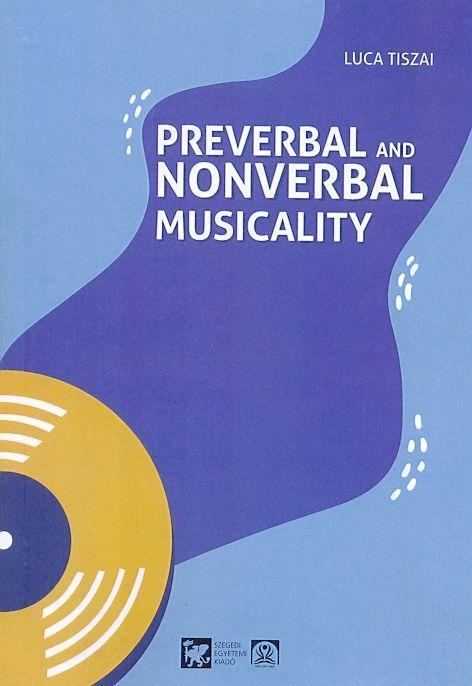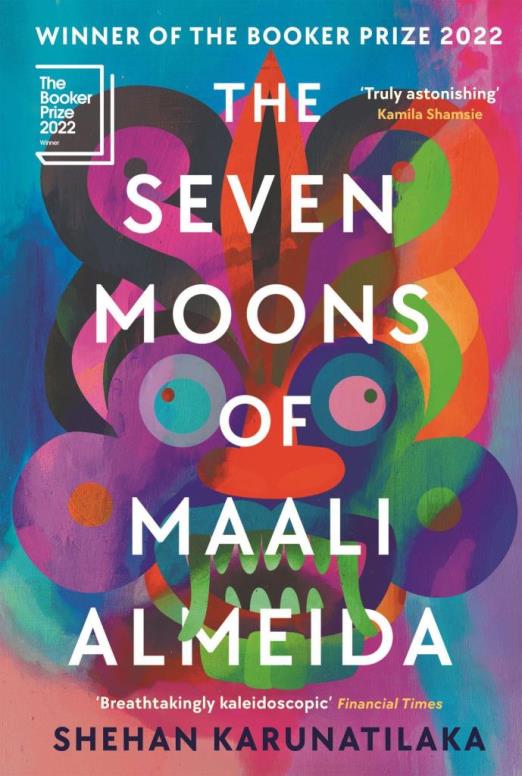
Szállítás:
5-15 munkanap
Rendelhető
2 024 Ft
Korábbi ár:
1 870.-
Eredeti ár:
2 200.-
From the perspective of music and wellbeing in people with severe disabilities,this is a valuable and interesting textbook. The author L. Tiszai has integratedwell-established traditional approaches to infant research and innate human musicalitywith new work in the expanding fields of music and wellbeing and embodied musicinteraction.
Leírás
From the perspective of music and wellbeing in people with severe disabilities,this is a valuable and interesting textbook. The author L. Tiszai has integratedwell-established traditional approaches to infant research and innate human musicalitywith new work in the expanding fields of music and wellbeing and embodied musicinteraction. The book is intended for learners who may have little or no experiencereading professional international journals, but would benefit from a substantialresearch base in understanding how these emerging areas can contribute to workingwith nonverbal children and adults with severe disabilities. The book is organized into eight chapters. The first half of the book focuses onthe theoretical background; the second half is dedicated to practice. The subjectmatter is accurate and has an appropriate reading level for the students who willbe using the material. The book has been written in a style that will hold the studentsattention; the end-of-chapter questions will be interesting for the learners. To conclude her textbook on musical interventions for nonverbal childrenand adults with severe disabilities, L. Tiszai pleads for a fair and unbiased treatmentof various groups in society. In doing so she motivates learners to acknowledgethe importance of inclusive communities, where the needs and talents of the mostvulnerable members of society are taken in consideration.
Adatok
Raktári kód:
L24227
ISBN:
9786155946080
EAN:
9786155946080
Megjelenés:
2019.
Hozzászólások











